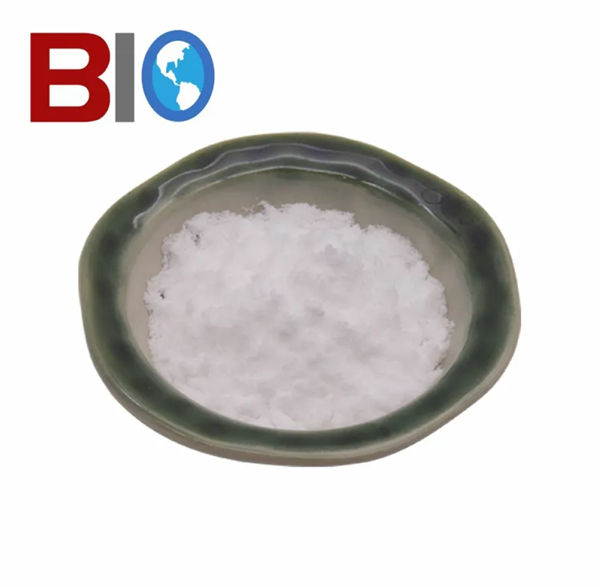What Are the Key Challenges and Benefits of Using CAS: 112-26-5?
The compound known as CAS: 112-26-5 plays a significant role in various industrial applications, particularly in the field of chemical manufacturing. Commonly recognized as 1,2-bis(2-aminoethoxy)ethane, this chemical offers specific functionalities that benefit users in numerous ways while also presenting some challenges that need to be addressed.
Are you interested in learning more about CAS: 112-26-5? Contact us today to secure an expert consultation!
One of the primary functions of CAS: 112-26-5 is its utility as a chelating agent. This property allows it to bind metal ions, making it invaluable in applications such as water treatment, where it helps to remove unwanted metal contaminants. Furthermore, its ability to promote stability in various formulations renders it a favorable choice in the creation of various products, including adhesives and coatings. Another noteworthy function is its role in the production of surfactants, enhancing the performance and effectiveness of cleaning products.
While there are multiple benefits associated with CAS: 112-26-5, there are also challenges that users must consider. A significant advantage is its wide applicability and effectiveness in diverse industries, such as pharmaceuticals and agriculture. On the downside, handling this compound requires careful safety measures because, like many chemicals, it can pose health risks if not properly managed. Users often express concerns regarding the regulatory compliance associated with CAS: 112-26-5, particularly as regulations around chemical safety become increasingly stringent.
Explore more:Technical Performance of PCE Powder Polycarboxylate Superplasticizer
Carbide Acetylene: Everything You Need to Know Before You Buy
7 Key Benefits of Using Calcium Formate Powder in Leather Tanning
Custom Flanges vs Standard Flanges: Which is Right for You?
Is TMAH Safe for Developers Handling Harmful Chemicals?
What is a Reinforced AB Material Catalyst and Its Benefits?
Calcium formate powder for use in the production of construction materials
The user experience with CAS: 112-26-5 reflects a blend of positive and negative feedback. Many users appreciate its versatility and the enhancement it provides to their product formulations. For instance, in the pharmaceutical industry, formulators frequently note improved stability and efficacy in drug delivery systems. However, some users report challenges with sourcing high-quality supplies of this compound, which can affect overall production timelines.
In terms of pricing, CAS: 112-26-5 tends to fall within a reasonable range for chemical products, often depending on the purity level and the supplier. Bulk purchasing options can lead to significant cost savings, making it an economically viable choice for larger enterprises. When assessing its cost against the benefits it offers, many users find that the compound delivers good value, especially considering its multifunctionality and impact on product performance.
Overall, understanding the key challenges and benefits of using CAS: 112-26-5 can inform potential users about its applications and limitations. With a rich array of functionalities, effective user experiences, and a competitive price point, this chemical remains a popular choice in various sectors. However, potential buyers are encouraged to stay informed about safety protocols and supplier reliability to maximize the benefits while mitigating any challenges associated with this versatile compound.
The company is the world’s best ctfe material supplier. We are your one-stop shop for all needs. Our staff are highly-specialized and will help you find the product you need.
Explore more:Methyl Methacrylate Vs Poly(Methyl Methacrylate): Monomer and Polymer
What Are the Key Uses of Sulfuric Acid?
PU Paint Catalyst vs. Traditional Paint Hardener: Key Differences Explained
Key Uses of Sodium Nitrate Powder in Industry
Understanding Polyurethane Catalysts: Key Insights Explained
THE IMPORTANCE OF WATER REDUCING AGENTS IN CONSTRUCTION





